We’ve all experienced it: The morning of a significant date or a crucial meeting, you glance in the mirror, and what greets you? A breakout.
Whether it’s a single pimple or a collection of blemishes, acne is a prevalent issue affecting individuals of all ages—causes of acne in women, men, boys, and girls may vary.
Acne, scientifically known as acne vulgaris, emerges when the skin’s glands produce an excess amount of the natural oil, sebum.
The combination of sebum and dead skin cells can obstruct pores, leading to the development of acne.
Additionally, the intrusion of bacteria, specifically Cutibacterium acnes (C. acnes), into these pores can further contribute to inflamed acne.
Signs and Symptoms of Acne
Acne, a prevalent skin condition in the United States, affects around 50 million Americans, primarily in their teenage and young adult years.
Roughly 85 percent of teenagers will experience acne at some point. This encompassing term refers to diverse breakouts, each exhibiting specific symptoms.
- Whiteheads: Formed when a closed pore traps oil and dead skin cells, resulting in a white bump on the skin’s surface.
- Blackheads: Occur when a pore is partially clogged and remains open, turning black as oil and dead skin cells react to oxygen.
- Papules: Tiny, red, and hard pimples formed when bacteria are trapped in a pore.
- Pustules: Similar to papules but containing pus made of dead white cells.
- Nodules: Large, inflamed lesions formed when a pimple extends into the deeper layers of the skin.
- Cystic Acne: A severe type akin to nodules, where the deeper skin layer becomes inflamed, and cysts containing pus develop. These soft, painful red lumps often require dermatological intervention due to their challenging treatment. The severity of acne varies based on its type.
Causes and Risk Factors of Acne
Understanding the mechanics of acne (oil + dead skin cells = clogged pores) might leave you wondering why some individuals consistently maintain clear skin while others experience breakouts.
Various factors can contribute to the worsening of acne or increase the risk of its occurrence including some acne treatment products.
- Changes in Hormone Levels: Fluctuations in hormone levels, such as those during puberty or menstruation, can prompt sebaceous glands to produce excess sebum.
- Cosmetics or Hair-Care Products: The use of oily cosmetics may lead to pore blockages, making the skin more susceptible to breakouts.
- Family History: There seems to be a genetic connection between acne and family history. If your parents struggled with acne, there’s an increased likelihood that you may, too.
- Some Medications: Acne may be a side effect of certain medications, such as corticosteroids or lithium (Lithobid).
The Significance of Consistency in Acne Treatment
Effectively managing acne requires a sustained commitment, extending beyond the duration of a breakout.
It’s crucial not to discontinue acne treatment without your doctor’s approval, as ceasing prematurely may lead to another breakout just as your skin begins to show improvement.Neglecting treatment may result in enduring breakouts and the potential for scarring. Furthermore, a 2018 review highlights the correlation between persistent acne and heightened levels of anxiety and reduced self-esteem. Consistent and comprehensive acne care is essential for promoting lasting skin health and well-being.

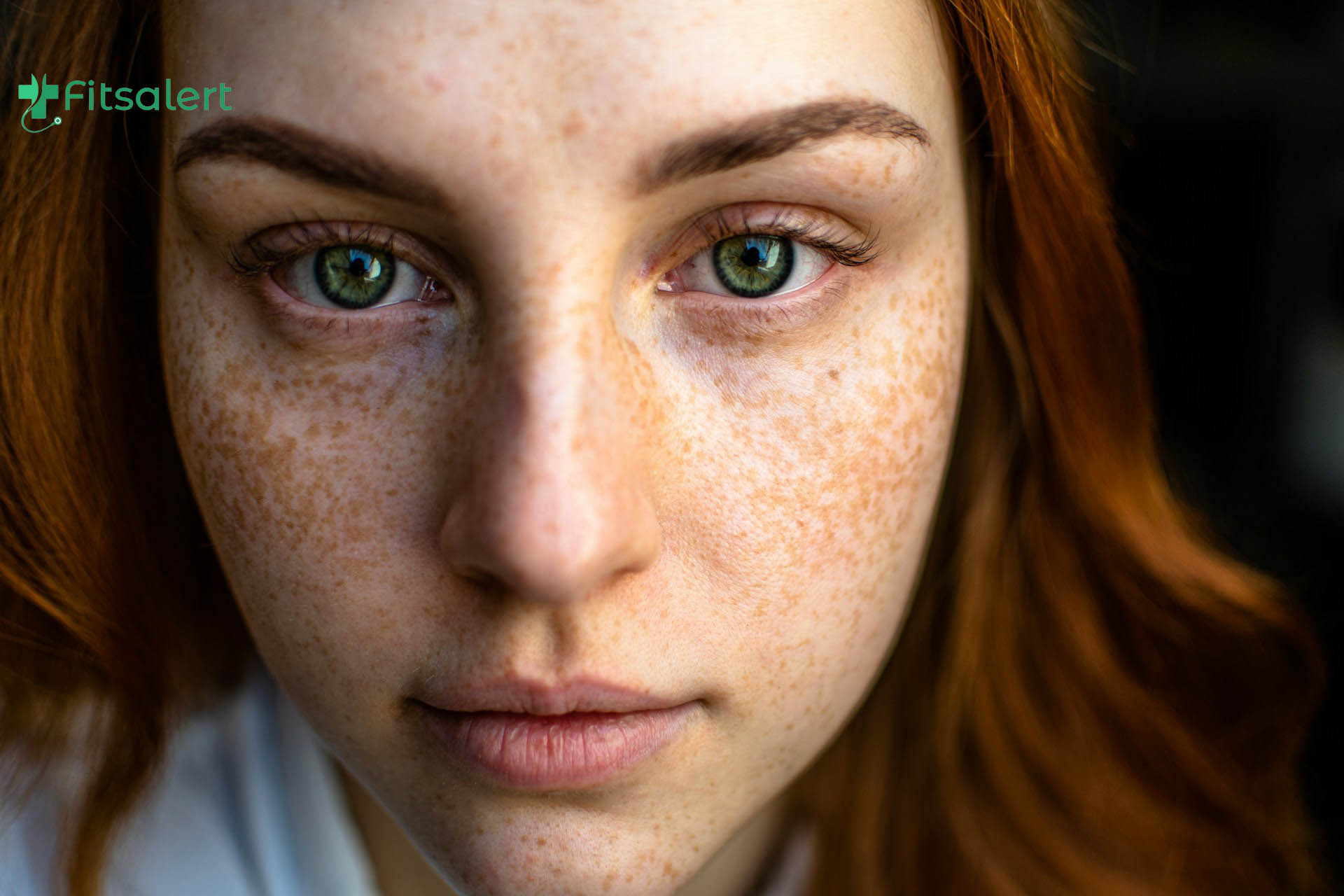

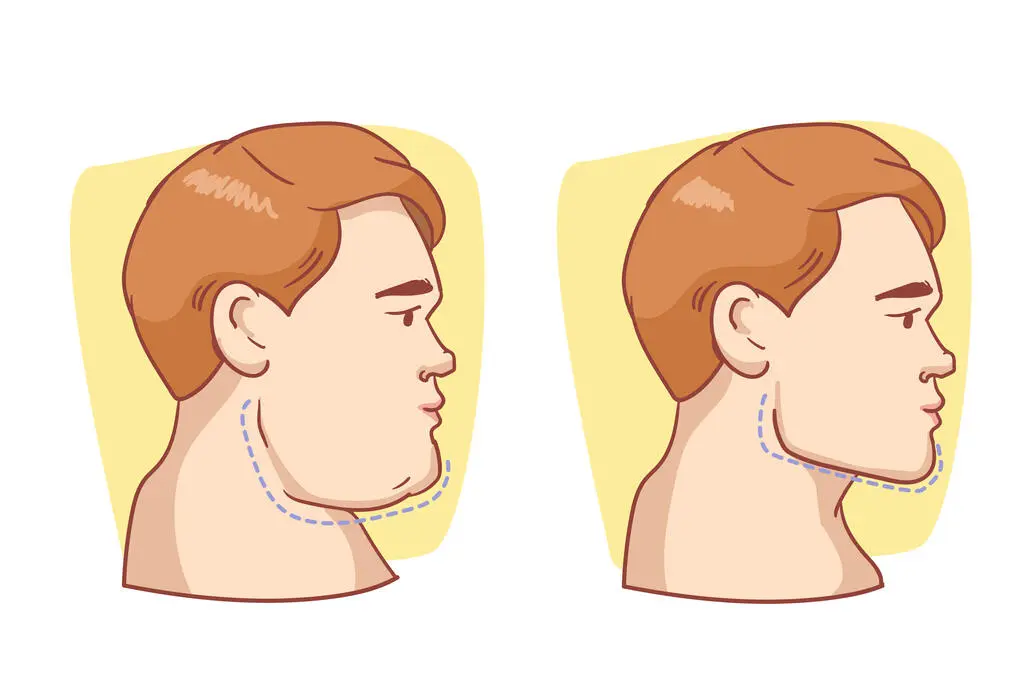

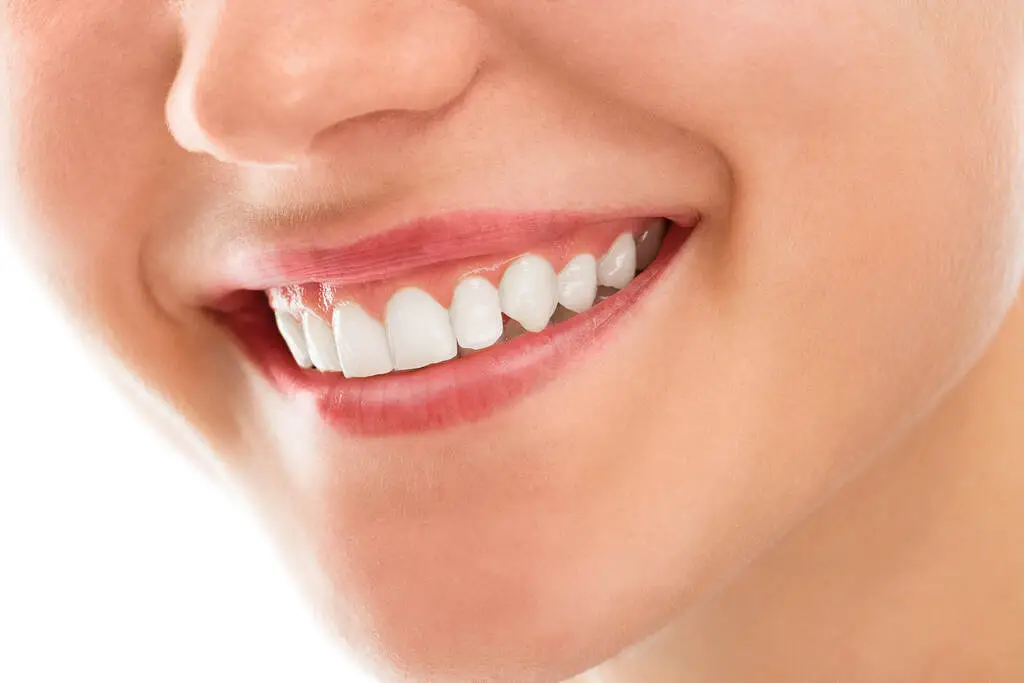





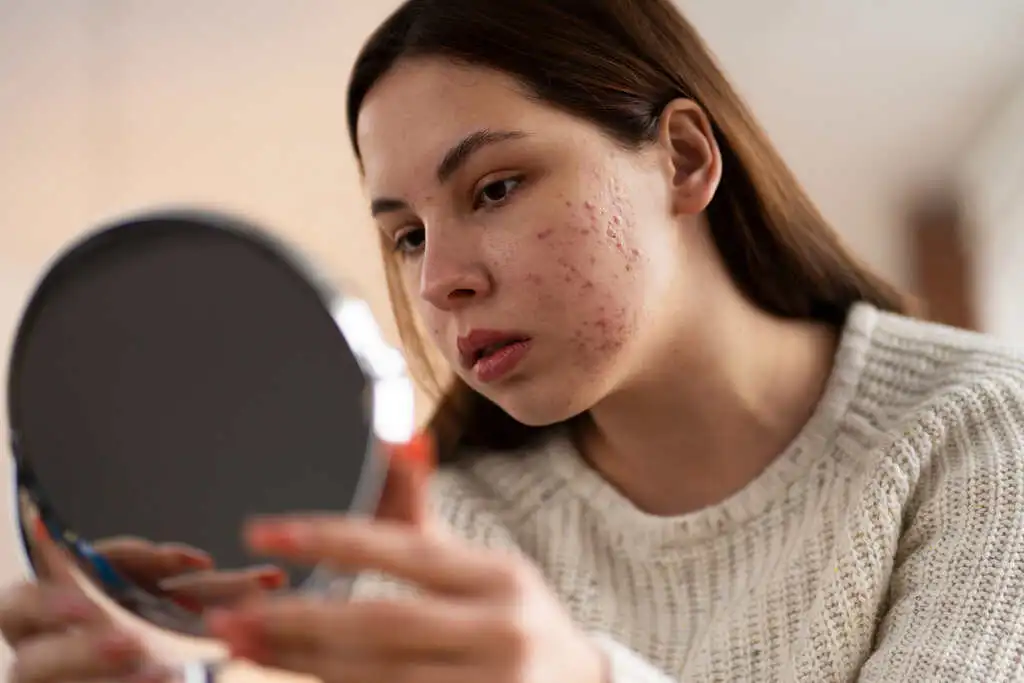


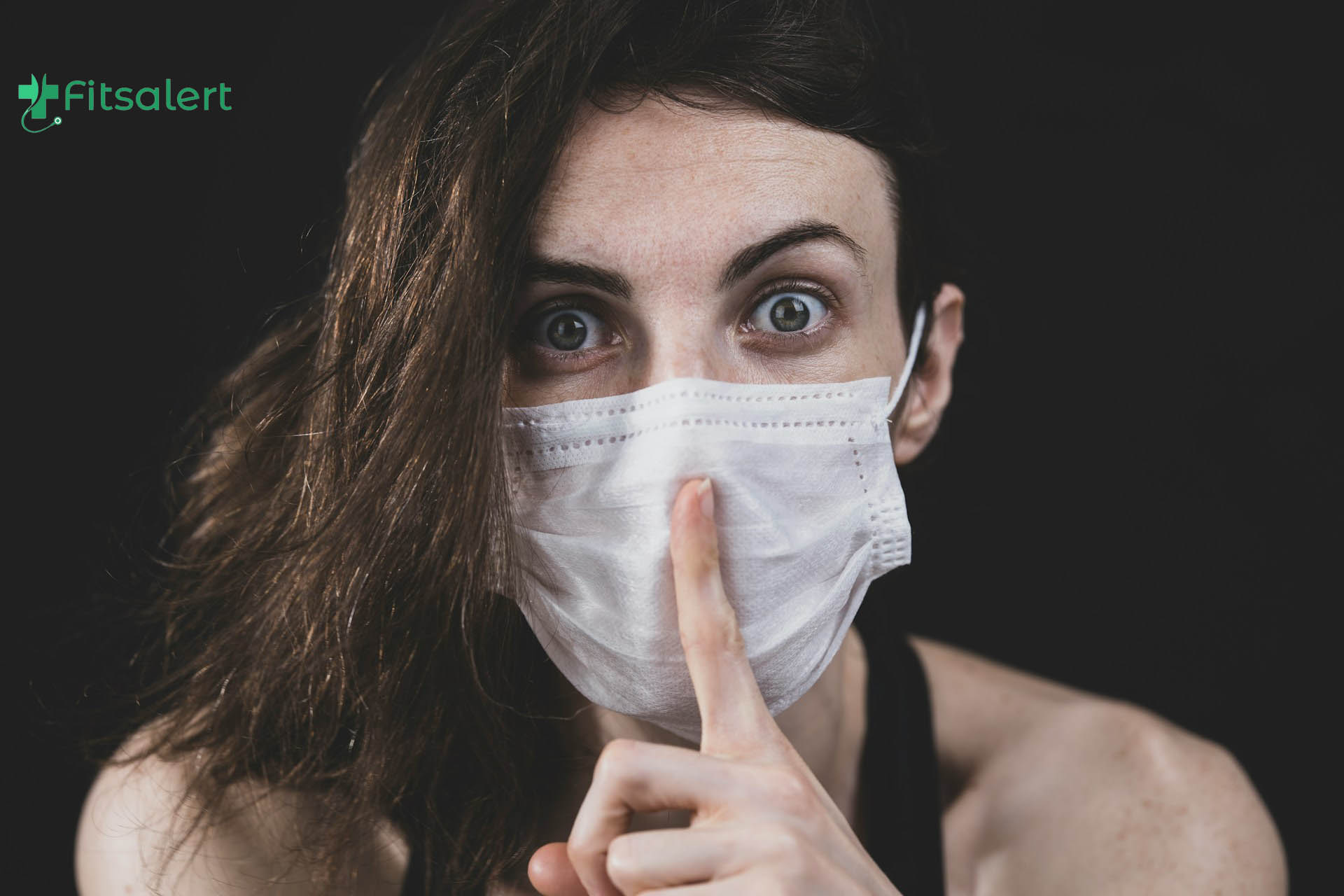
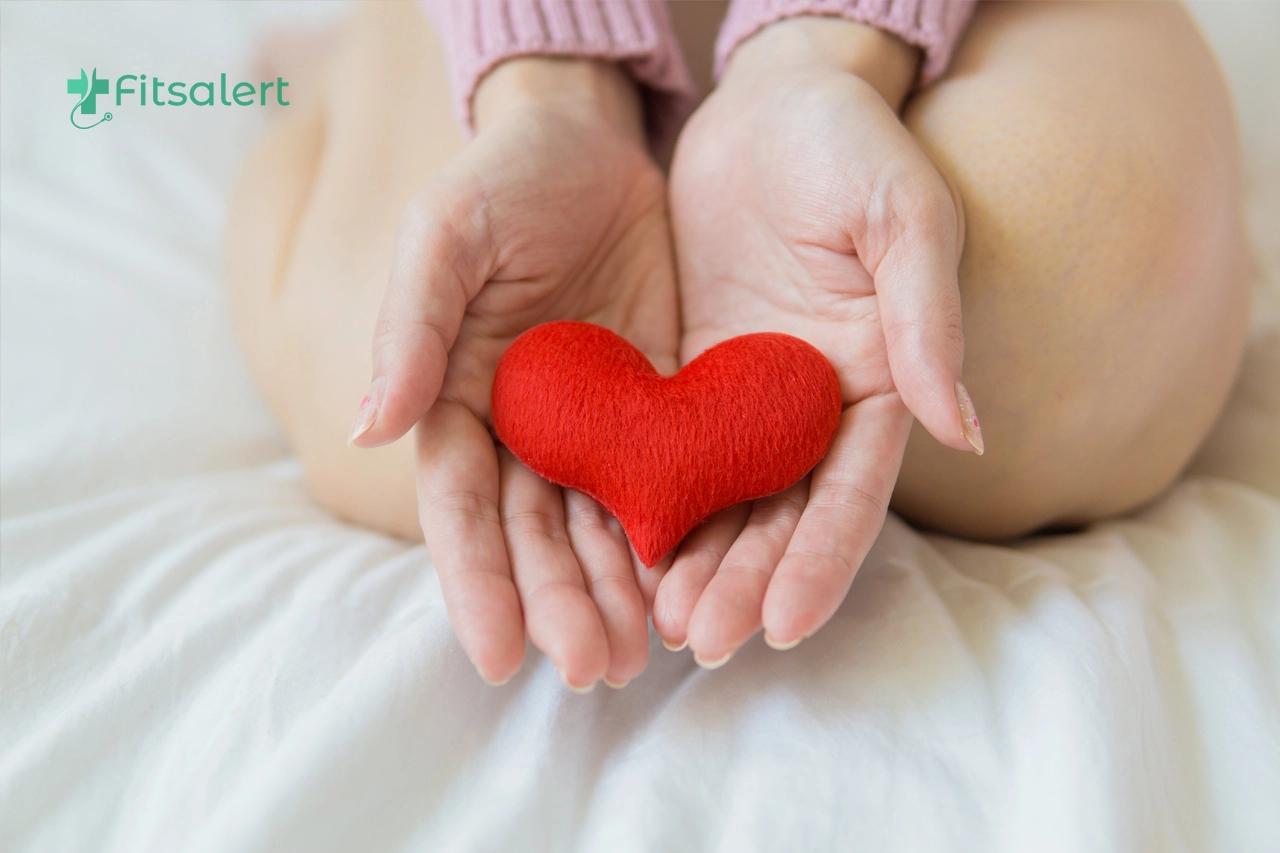

Lots of people use their lotteries to improve money for precious initiatives that improve education,
public infrastructure and sociable services. Once the lottery will be played by you, you’re assisting to account these programs while you fund
your own desires of succeeding it big. Have a great time and all
the best!